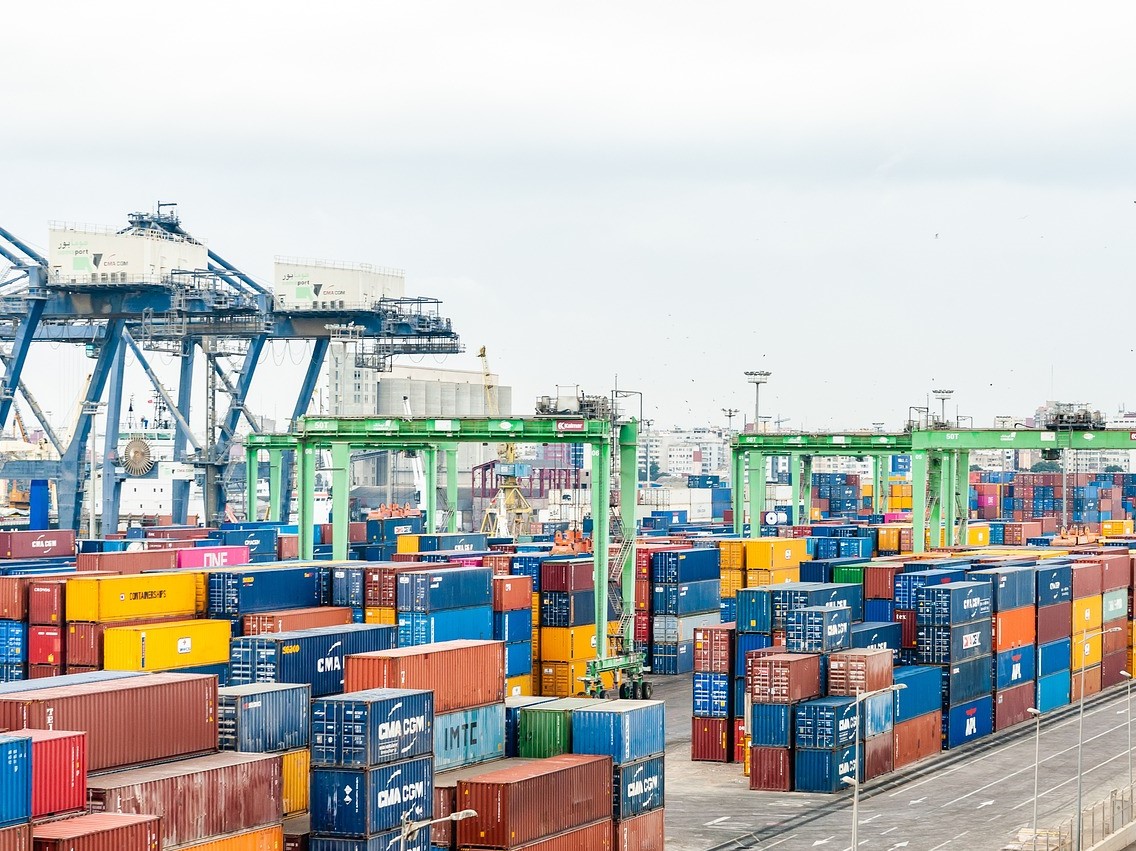
Anyone who's traveled internationally is familiar with this standard question upon returning: "Did you bring back any fruits or vegetables?" This has to do with a larger effort from the U.S. government to prevent agricultural pests from entering the country within cargo shipments or passenger baggage, potentially threatening the nation's crops.
Texas Engineers are embarking on a new project to improve how inspectors look for pests in cargo shipments and passenger baggage coming into the U.S. via land borders, shipping ports and airports. The researchers will work with the Department of Homeland Security and the Department of Agriculture to apply mathematical models and risk assessments to these programs for inspecting cargo and help them decide where to focus their resources.
"It can do a lot of damage to the economy if these products that are imported contain pests that then cause an outbreak and destroy crops grown here in the U.S.,” said Benjamin Leibowicz, associate professor in the Operations Research and Industrial Engineering (ORIE) program and the Walker Department of Mechanical Engineering, who is leading the team. "The damages from those events can easily be in the 10s to hundreds of millions of dollars."

The project just received a $250,000 grant through the Cross-Border Threat Screening and Supply Chain Defense Center of Excellence, a DHS-supported research hub at Texas A&M University. The two-year project will focus on optimizing screening processes for people and cargo in a way that balances cost, performance and sustainability.
Right now, the program known as Agricultural Quarantine and Inspection focuses on inspecting a certain percentage of containers of a type of product, like avocados imported from Mexico, for example. The researchers will examine whether current practices are achieving the best possible results, balancing the risks presented by potential pest infestation.
Their goal is to use random sampling of cargo and maximize that information's value for improving the ability to detect compromised product that could be damaging and keep it from crossing into the U.S. That doesn't mean catching every piece of tainted produce. It means focusing on higher probability pest importation pathways and the more severe consequences in the event that pest importation occurs.
"Your goal shouldn't be to estimate the probability of a pest importation for every single pathway to the same degree of precision, because, for example, there might be certain pests that have particularly high consequences that we should be focusing more heavily on," Leibowicz said.
Applying these models could also help make screening processes more dynamic. For example, information from screenings over several months could be used to shift priorities of which types of products receive the most scrutiny and the frequency of inspections.
This is a new application for Leibowicz's research, which typically focuses on developing mathematical models to improve energy and environmental decision-making. Also involved from ORIE is John Hasenbein, professor in the Walker Department of Mechanical Engineering, and an expert on stochastic models, multiclass queuing networks and more.






